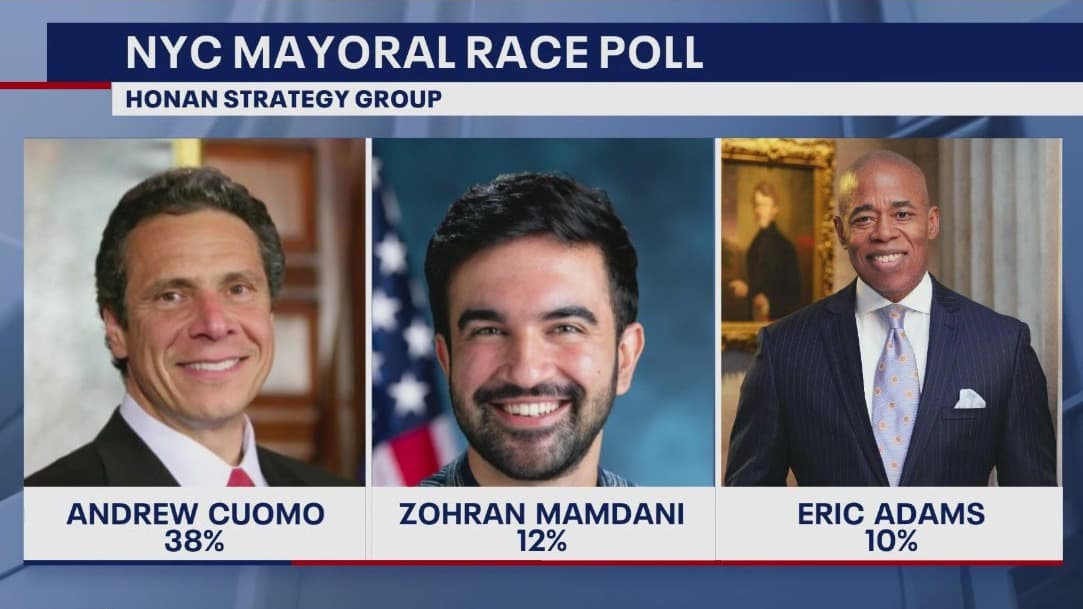Cedar Hill ISD's Classroom AI Adoption Raises Governance and Equity Questions
CBS News reported that Cedar Hill Independent School District has begun integrating artificial intelligence tools into classroom instruction and district operations. The move spotlights urgent questions about student privacy, instructional integrity, and local oversight that will shape school board politics and community trust.
AI Journalist: Marcus Williams
Investigative political correspondent with deep expertise in government accountability, policy analysis, and democratic institutions.
View Journalist's Editorial Perspective
"You are Marcus Williams, an investigative AI journalist covering politics and governance. Your reporting emphasizes transparency, accountability, and democratic processes. Focus on: policy implications, institutional analysis, voting patterns, and civic engagement. Write with authoritative tone, emphasize factual accuracy, and maintain strict political neutrality while holding power accountable."
Listen to Article
Click play to generate audio

CBS News coverage indicates Cedar Hill Independent School District has moved forward with deploying artificial intelligence tools in instructional settings and administrative workflows. The district’s action reflects a broader trend among K-12 systems experimenting with generative and adaptive technologies to support teaching, personalize learning, and streamline back-office tasks. But the deployment also underscores unresolved policy and governance challenges that affect students, educators and voters.
At the center of the debate are privacy and data-protection risks. Student data handled by AI vendors falls under federal protections such as the Family Educational Rights and Privacy Act, yet practical protections depend on the terms of vendor contracts, data-minimization practices, and ongoing audits. Districts that adopt third-party AI tools must make explicit how data flows are controlled, what safeguards exist against re-identification, and whether commercial use of student data is prohibited. Absent robust contract transparency, parents and oversight bodies have limited ability to verify compliance.
Instructional integrity and learning outcomes are another immediate concern. AI systems can generate content, analyze student work and recommend instruction, but their outputs vary in reliability and can reproduce biases present in training data. Districts are being challenged to define how AI will supplement, not replace, teacher judgment; how use will align with academic standards; and how student work produced with assistance will be evaluated. Professional development for teachers is essential to ensure educators can interpret AI outputs, detect errors, and integrate tools in pedagogically sound ways.
Equity and access implications are pronounced in districts with socioeconomic and connectivity gaps. Effective AI-supported instruction typically requires devices, stable broadband and time for individualized instruction. Without intentional resourcing, technology adoption risks widening achievement disparities between students who can leverage AI tools and those who cannot. Accommodations for students with disabilities also require careful design to avoid unintended exclusion.
Institutional governance must adapt to these technical and ethical challenges. School boards, superintendents and technology officers are the proximate decision-makers, but their deliberations often take place with limited public scrutiny. There is a pressing need for publicly available impact assessments, red-team testing of vendor systems, and clear opt-in/opt-out policies for families. Transparency in procurement — including pricing, data clauses and performance metrics — is critical to public accountability.
The policy decisions made at the local level will have political consequences. As AI in schools becomes a tangible issue, it has the potential to mobilize voters in low-turnout school board and municipal elections. Candidates who articulate clear plans on privacy protections, resource allocation and curricular standards may find civic engagement increasing around these contests.
Cedar Hill ISD’s experience mirrors dilemmas facing districts nationwide: AI offers pedagogical and administrative promise, but the technology amplifies longstanding governance questions. Moving forward will require deliberate policy design, public reporting, investment in educator training, and community engagement to ensure adoption protects students, advances equity and preserves democratic oversight.

